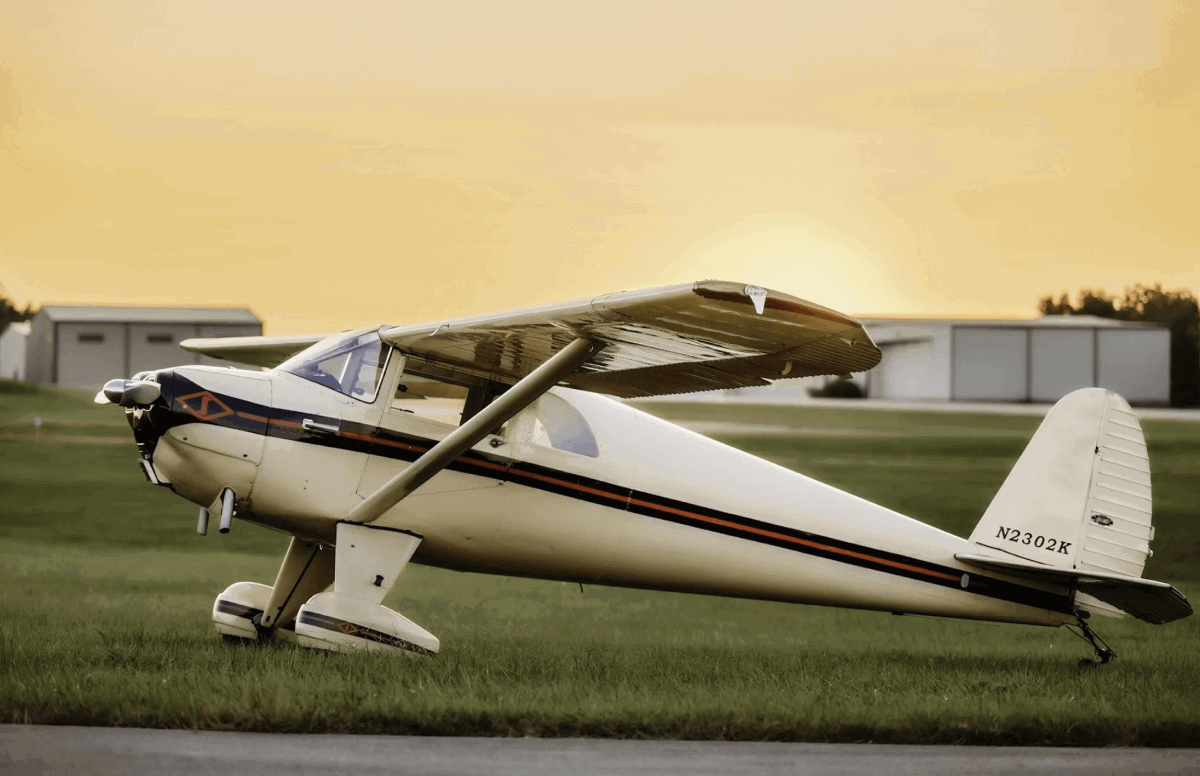The mystery of Amelia Earhart’s disappearance in 1937 has lived in the heart of popular culture for almost a century. It’s a mystery that giveth and taketh away—each time we think we’ve solved it, the answer turns out to have been a false alarm. But perhaps a team of underwater archaeologists and marine robotics experts from Deep Sea Vision (DSV) have finally found definitive answers.
- READ MORE: Did We Discover the Fate of Amelia Earhart?
The team’s discovery, captured westward of Earhart’s projected landing point in the Pacific Ocean, reveals contours resembling her legendary aircraft’s unique dual tails and scale.
DSV, a marine robotics company based in Charleston, South Carolina, led the search using the “Date Line theory,” proposed by Liz Smith in 2010. The theory suggests that Earhart’s navigator, Fred Noonan, miscalculated their position by forgetting to adjust the date as they crossed the International Date Line. DSV CEO Tony Romeo and his brother Lloyd Romeo, both private pilots, delved into the celestial math supporting this theory and initiated an extensive search in an area never explored before.
Tony Romeo expressed confidence in the find.
“We always felt that [Earhart] would have made every attempt to land the aircraft gently on the water, and the aircraft signature that we see in the sonar image suggests that may be the case,” Romeo said.
- READ MORE: Amelia Earhart’s Enduring Legacy
DSV’s diverse team utilized cutting-edge technology, including the HUGIN 6000, an autonomous underwater vehicle modified to surpass previous submersibles. The team covered 5,200 square miles of the Pacific Ocean floor, making it the most extensive search for Earhart’s Lockheed Electra to date. Craig Wallace, DSV’s president of operations, played a crucial role in modifying the sonar equipment to enhance its capabilities.
Operating from a remote Pacific island, the team conducted dives lasting nearly two days, collecting terabytes of data. Its tireless efforts and technological advancements led to the discovery, marking a triumph in the pursuit of closure for an American aviation icon.

DSV’s find, captured at the end of its 90-day expedition, suggests it is one step away from resolving this enduring mystery. The exact location remains confidential.
While optimistic about the discovery, Tony Romeo acknowledges ongoing efforts for validation.
“We are intrigued with DSV’s initial imagery and believe it merits another expedition in the continuing search for Amelia Earhart’s aircraft near Howland Island,” said Dorothy Cochrane, aeronautics curator at the Smithsonian Institute’s National Air and Space Museum.




